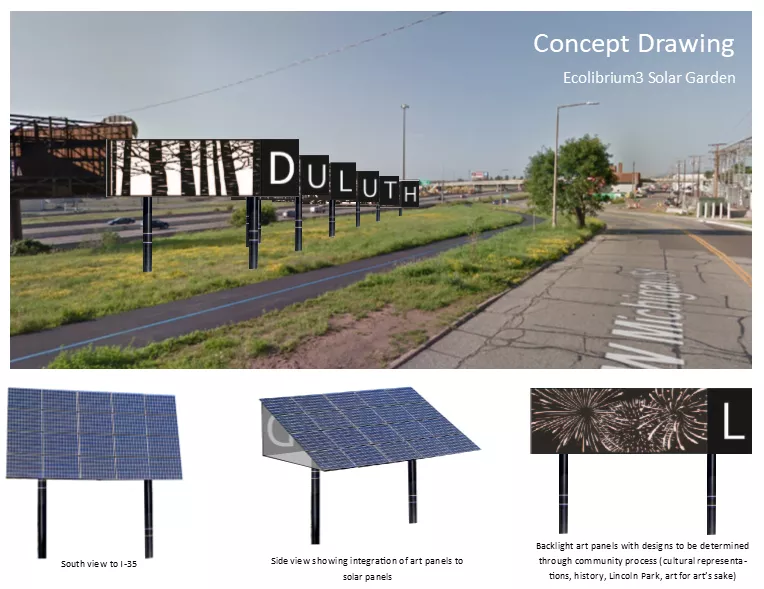Although she’s happy to help Duluth residents struggling with energy poverty “it’s a small fraction of what we really need to benefit our community,” Slick said.
The Lincoln Park project was initially conceived as a community solar project in which Ecolibrium3 would select low income families to participate. But that model could only benefit a dozen families and “it’s tough to pick winners and losers in that scenario,” Slick said.
Helping families avoid utility disconnection with mini grants held greater appeal because of the opportunity to assist more people over the expected 25-year lifespan of the array, Slick said.
Ecolibrium3 plans to work with families who receive the grants on developing long-term weatherization plans that could reduce their bills, whether they live in homes or apartments.
“We hope that over time there will be more and more of these types of arrays to help neighborhoods,” she said. “We’d love to get to a point where there is greater energy equity. But in this case, we really wanted to prioritize the program to those who needed it the most and spread the benefits across multiple families and over time.”



